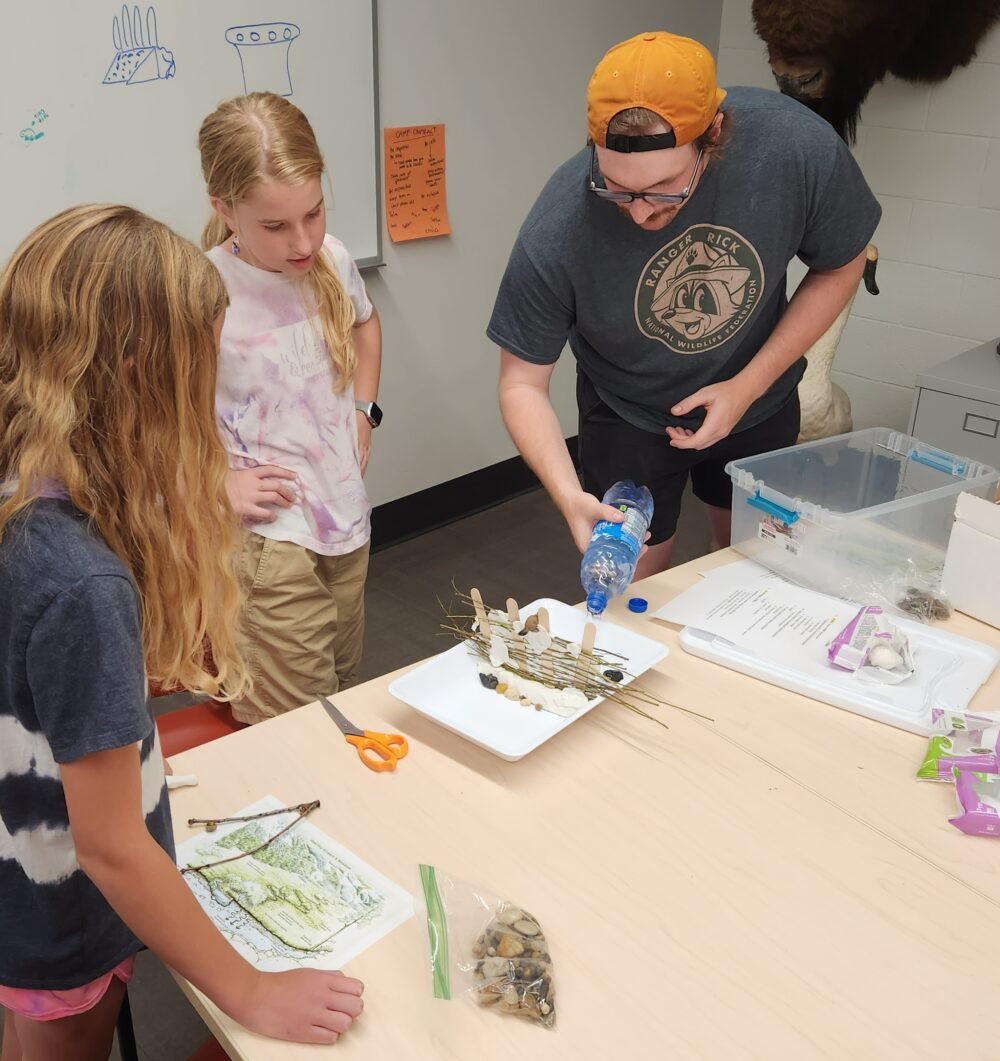We have much more to do and your continued support is needed now more than ever.
How Are Students Staying Green At College This Fall?
Guest post by Sapna Batish
The environment is a significant concern for many of today’s young adults. As students start or return to college this fall, they will have a range of options to help minimize their impact on the earth.
Living Sustainably on Campus
In a Temple University residence hall, the university’s office of sustainability is providing a green rating modeled after LEED (Leadership in Energy and Environmental Design). LEED is a program developed by the U.S. Green Building Council to provide tools for construction and maintenance of green buildings and award certificates based on the level of energy efficiency, water savings, etc, achieved. Students at the Temple University residence hall receive silver, gold or platinum certificates for taking environmentally-conscious measures with their energy and water usage and waste management. The certificates, which are placed next to their dorm room doors, are meant to raise awareness about sustainable practices and encourage their neighbors to do the same.
Students practice sustainability at Franklin and Marshall College through growing vegetables organically, eating at a fair trade café, and becoming aware of energy consumption through the campus energy monitoring program.

Sustainability is a core value at University of California at Santa Barbara (UCSB). UCSB is ranked among the most biker friendly campuses in the nation. Students enjoy eco-friendly meals at all campus dining halls, which have been certified as green businesses by the Santa Barbara Green Business Council. Solar-powered recycling and refuse compactors known as BigBelly reside in multiple locations across the UCSB campus.
Taking Green Initiatives:
On several campuses, students are taking initiatives to encourage their campuses to be more environmentally conscious.

As part of a popular trend on campuses in the area of advocacy, students on about 300 campuses are urging their colleges to divest from coal and oil . They are using a strategy that has been successful in the past: In the 1980s, college students angered about South Africa’s racist Apartheid regime were successful in getting their schools to drop stocks in companies that conducted business with that government. In the 1990s, students pressured their schools to divest Big Tobacco. Today, students on a number of campuses, including Brown University are taking action to stop or limit their university’s investment in coal and oil. Students at San Francisco State University were successful in getting their university to divest completely from coal and tar sands companies. Investment portfolios at Unity College, Hampshire College, and Sterling College were purged of fossil fuels stocks, as a result of student action.
The National Wildlife Federation (NWF) offers several resources to students, faculty, and staff for a greener campus. The Greenforce Initiative, a joint initiative between NWF and Jobs for the Future strengthens the development of sustainability-based skills and practices at community colleges. The Campus Ecology’s Greener Campus Conference Series offers webinars from leading practitioners in the conservation field. NWF’s campus sustainability database features 800 searchable case studies highlighting efforts to green the campus and the curriculum from colleges and universities in the U.S. and Canada.
 Sapna Batish is an NWF volunteer and is passionate about utilizing her interdisciplinary expertise in coastal science, remote sensing, climate science, and environmental policy to address ecological problems. She holds a Ph.D. in environmental science from the Ohio State University. She loves living in northern Virginia, exploring the world, and finding places to eat great pasta.
Sapna Batish is an NWF volunteer and is passionate about utilizing her interdisciplinary expertise in coastal science, remote sensing, climate science, and environmental policy to address ecological problems. She holds a Ph.D. in environmental science from the Ohio State University. She loves living in northern Virginia, exploring the world, and finding places to eat great pasta.





















